Lab 2: KVL, KCL, Superposition, Thévenin’s Theorem
Apparatus
- DC Power Supply:
 ,
,  , and
, and 
- Digital Multimeter
- Resistors:
 ,
,  ,
,  ,
,  , and
, and 
Overview
- Ohm’s Law:
 with passive sign convention.
with passive sign convention. - Kirchhoff’s Voltage Law (KVL): summation of voltage in a loop equals zero.
- Kirchhoff’s Current Law (KCL): summation of current through a node equals zero.
- Superposition Theorem: Resulting value is the sum of target values where single source turn on each time.
- Thevenin’s Theorem: Decompose the linear supply side to a single voltage source and a single resistor.
Procedures
Values Verification
Measure and note down the values of resistances. For voltage sources, set the current limit to 0.01A.
Ohm’s Law
Connect the circuit as shown below and measure the values.

Kirchhoff’s Voltage Law (KVL)
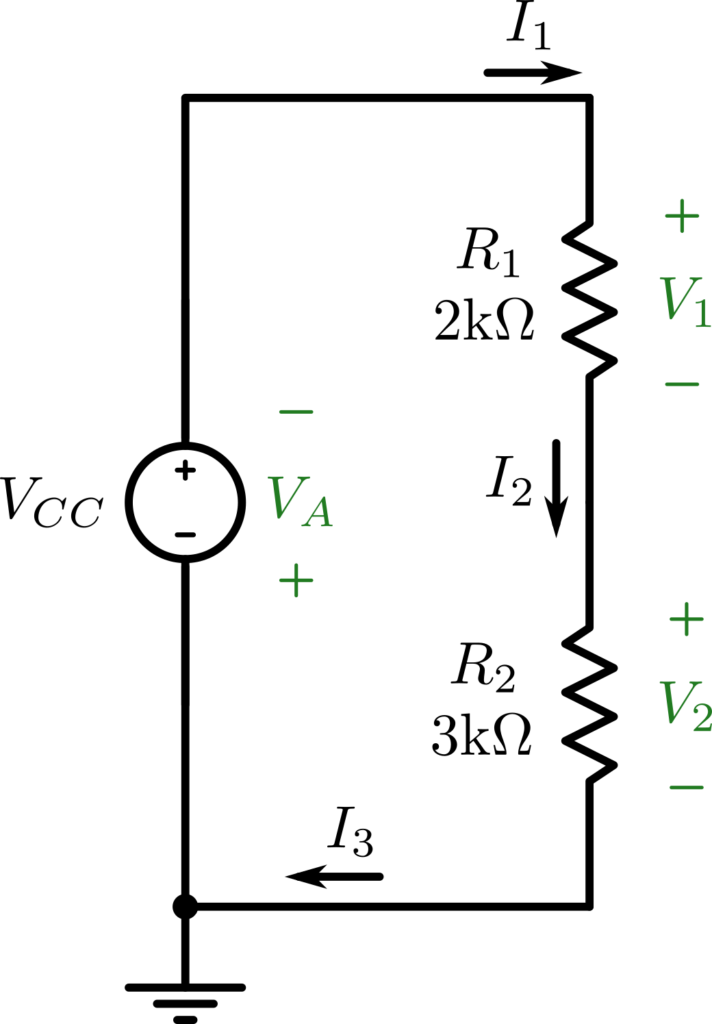
Kirchhoff’s Current Law (KCL)
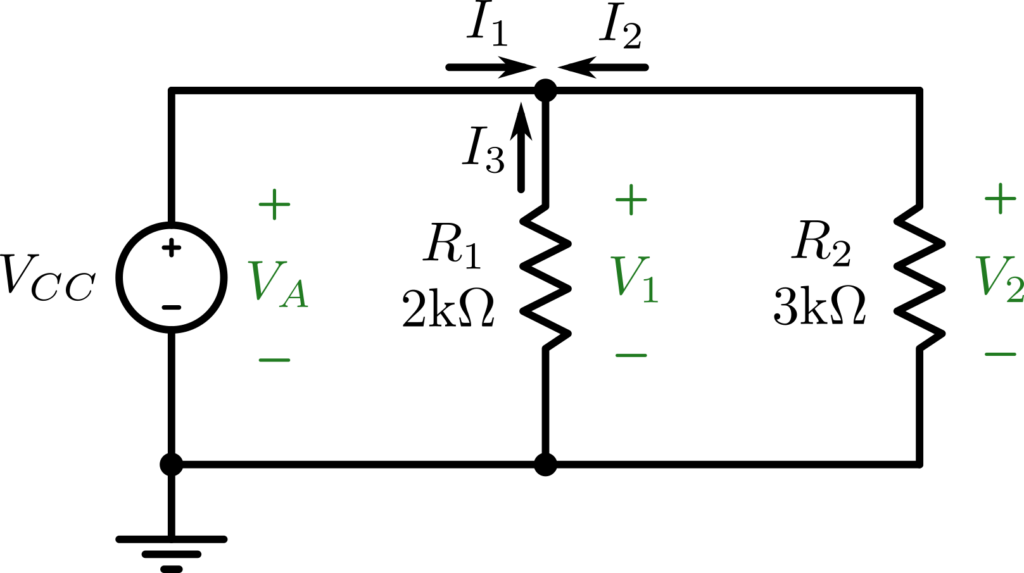
Superposition Theorem (Linear Load, All Sources On)
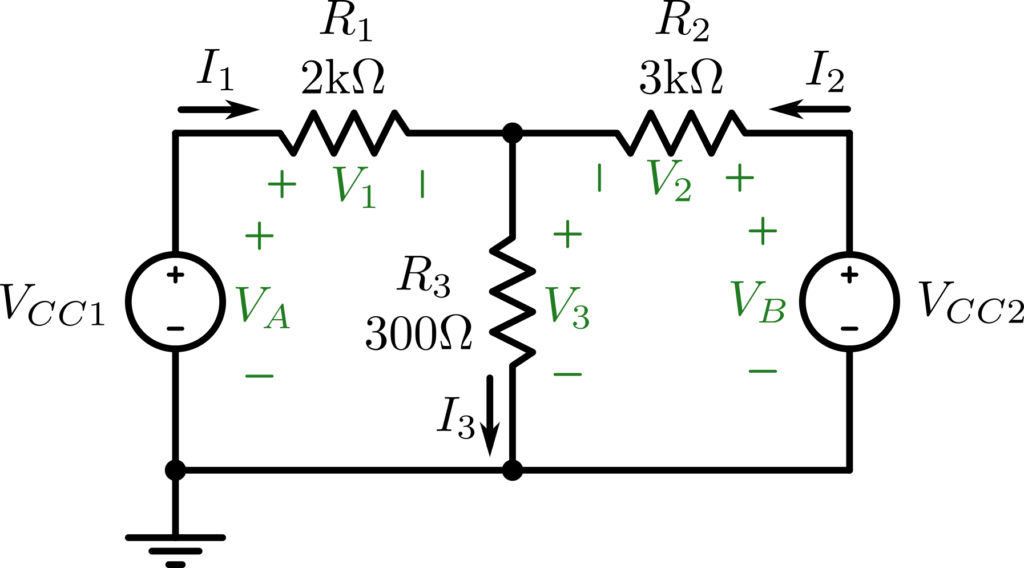
Superposition Theorem (Linear Load, First Source On)
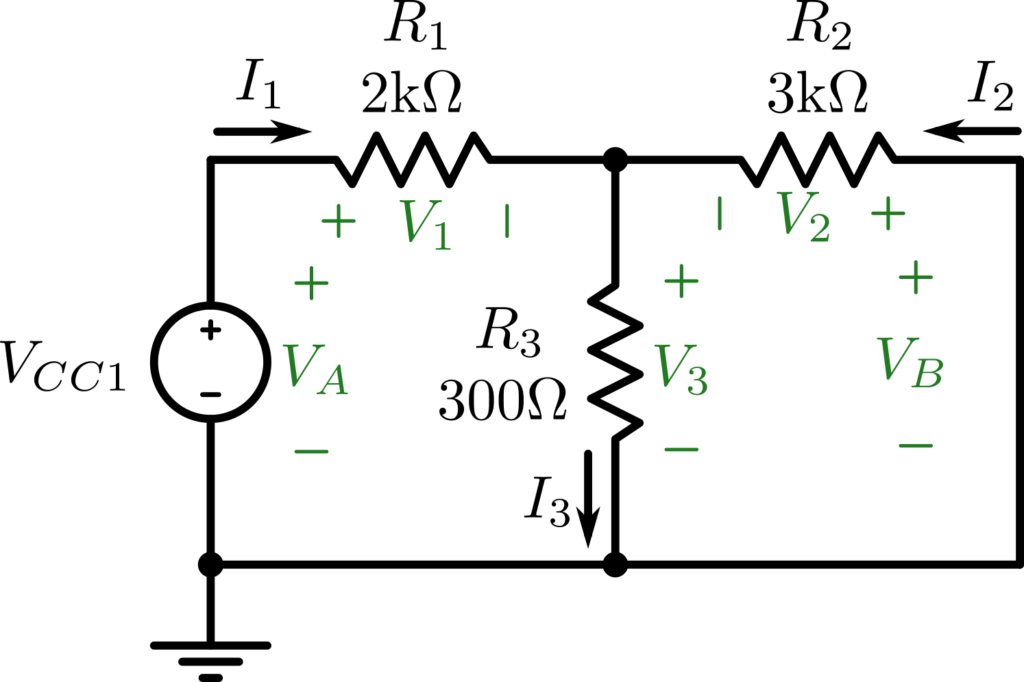
Superposition Theorem (Linear Load, Second Source On)
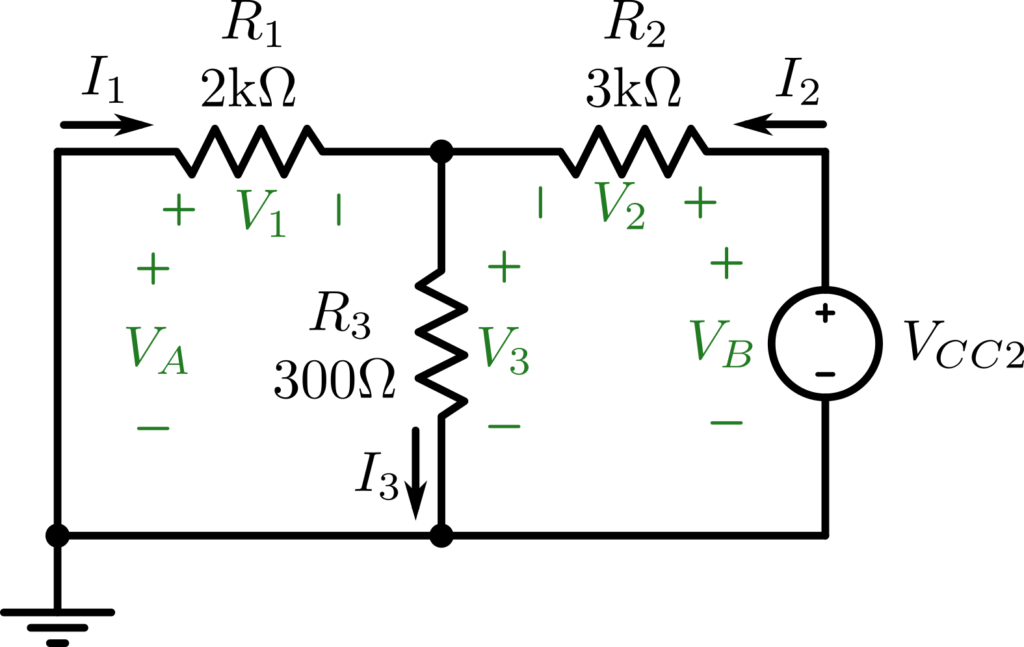
Superposition Theorem (Non-linear Load, All Sources On)
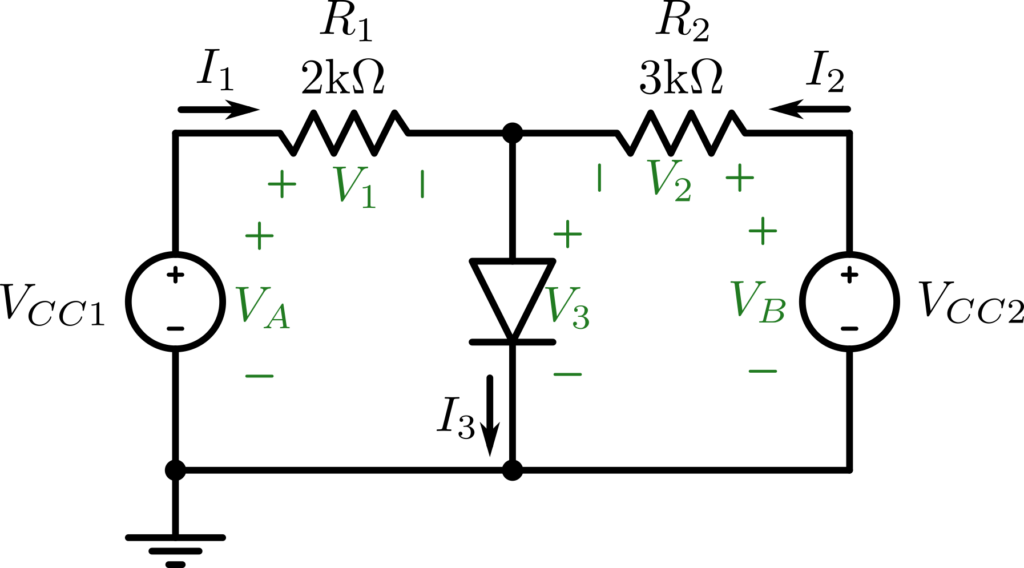
Superposition Theorem (Non-linear Load, First Source On)
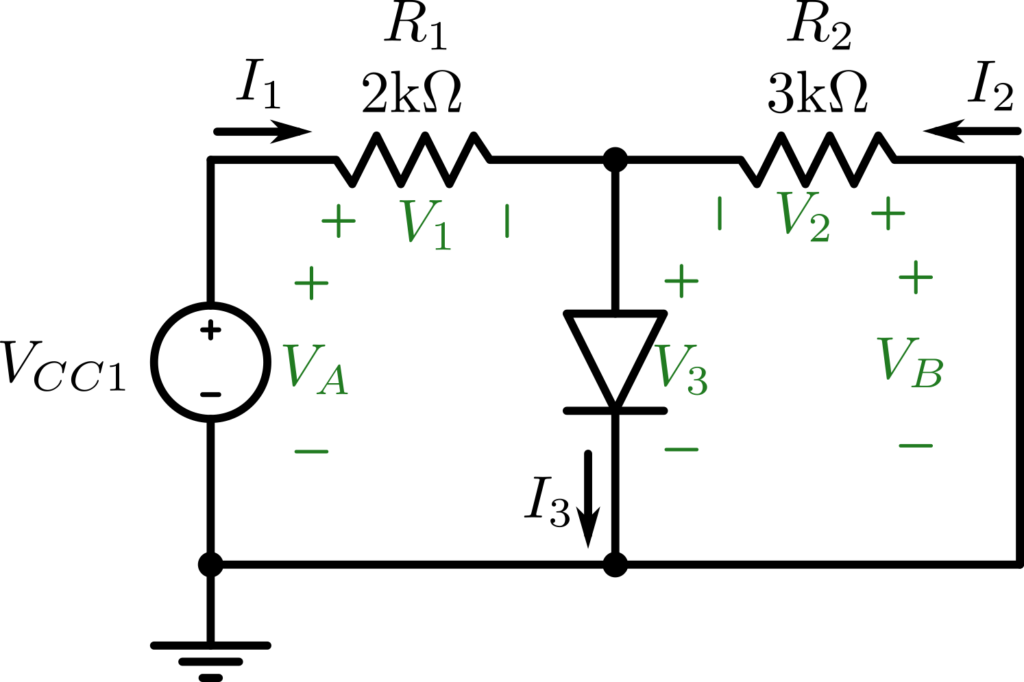
Superposition Theorem (Non-linear Load, Second Source On)
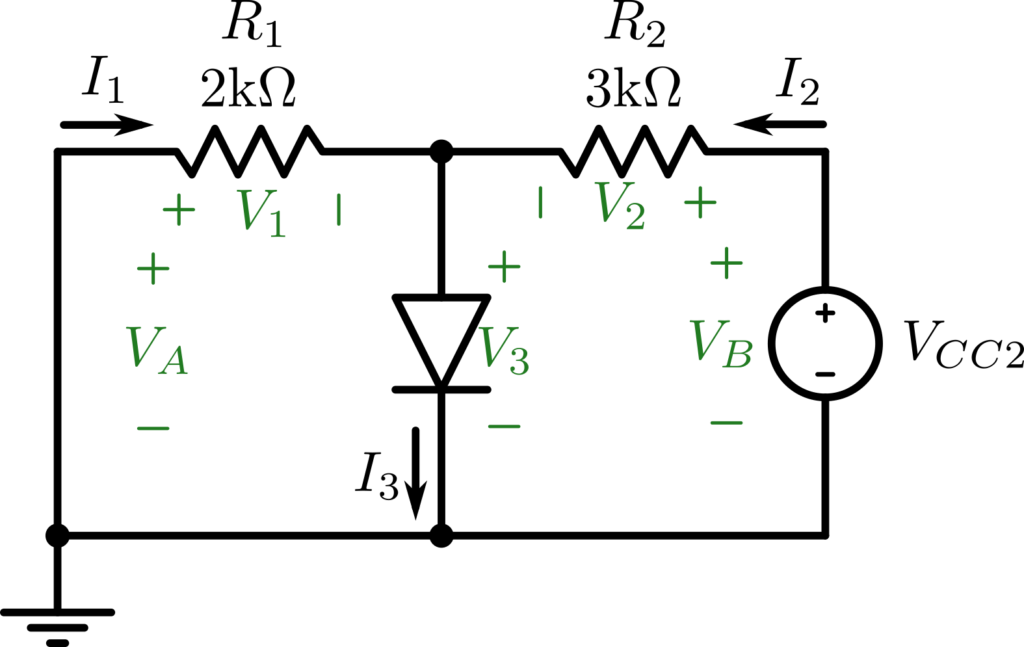
Thévenin’s Theorem (Linear Load, Original Form)
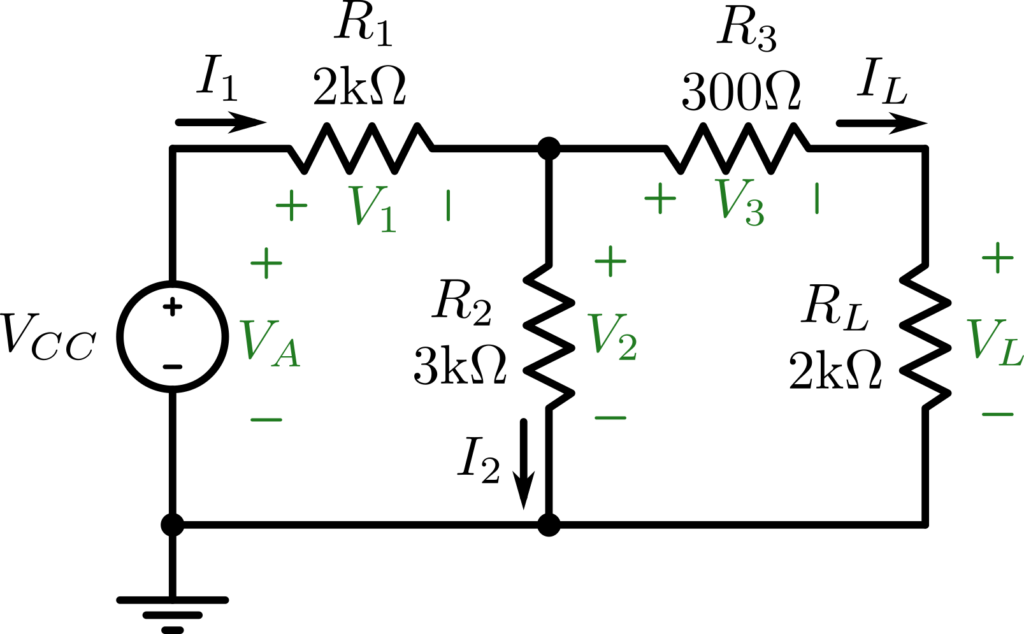
Thévenin’s Theorem (Linear Load, Load Removed)
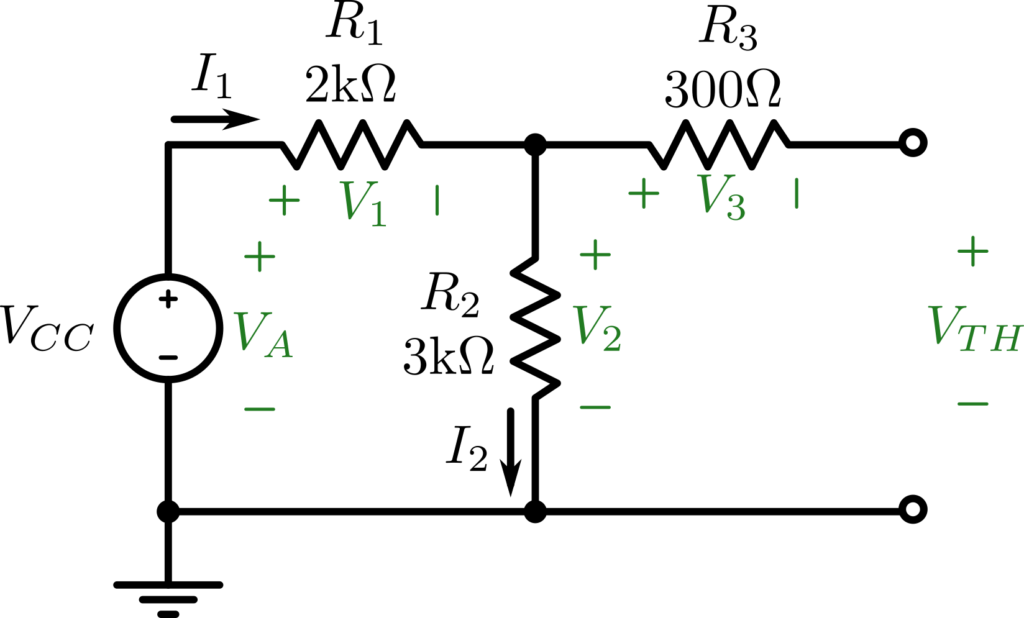
Thévenin’s Theorem (Linear Load, Load Removed, Sources Off)
For this circuit, use Ohmmeter to measure the resistance ![]() .
.

Thévenin’s Theorem (Linear Load, Equivalent Circuit)
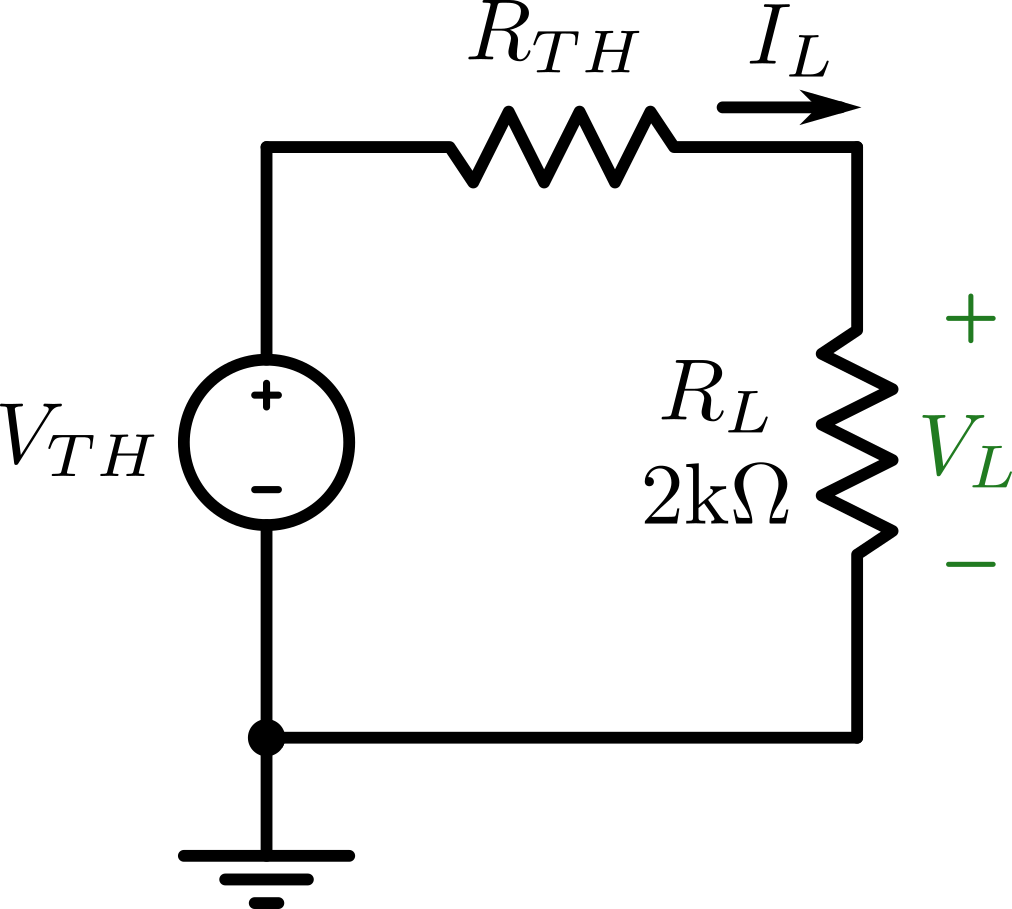
Thévenin’s Theorem (Non-linear Load, Original Form)
We just change the resistor to a diode.
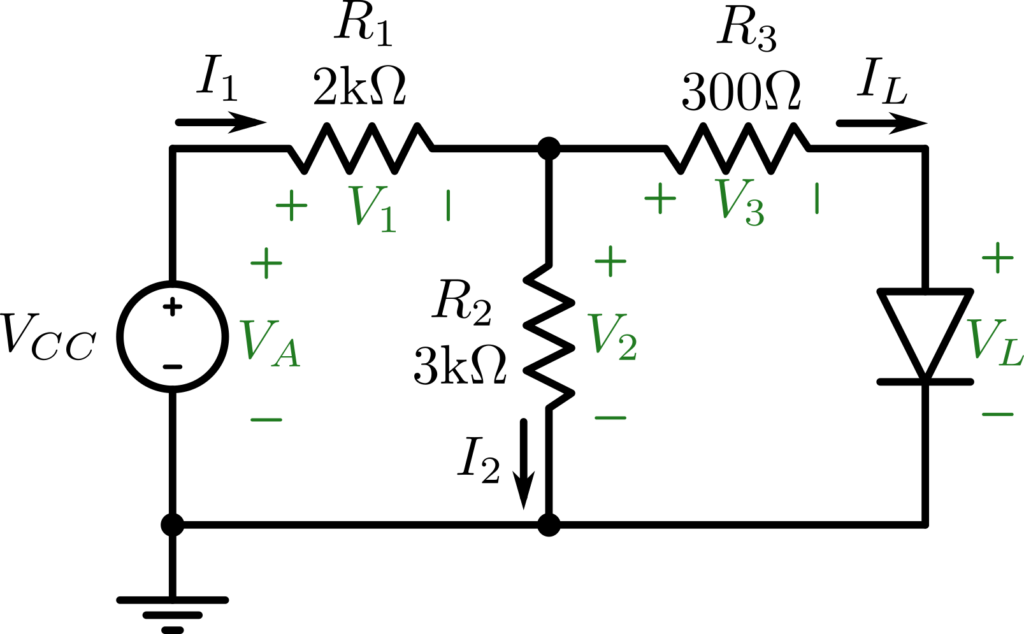
Thévenin’s Theorem (Non-linear Load, Equivalent Circuit)
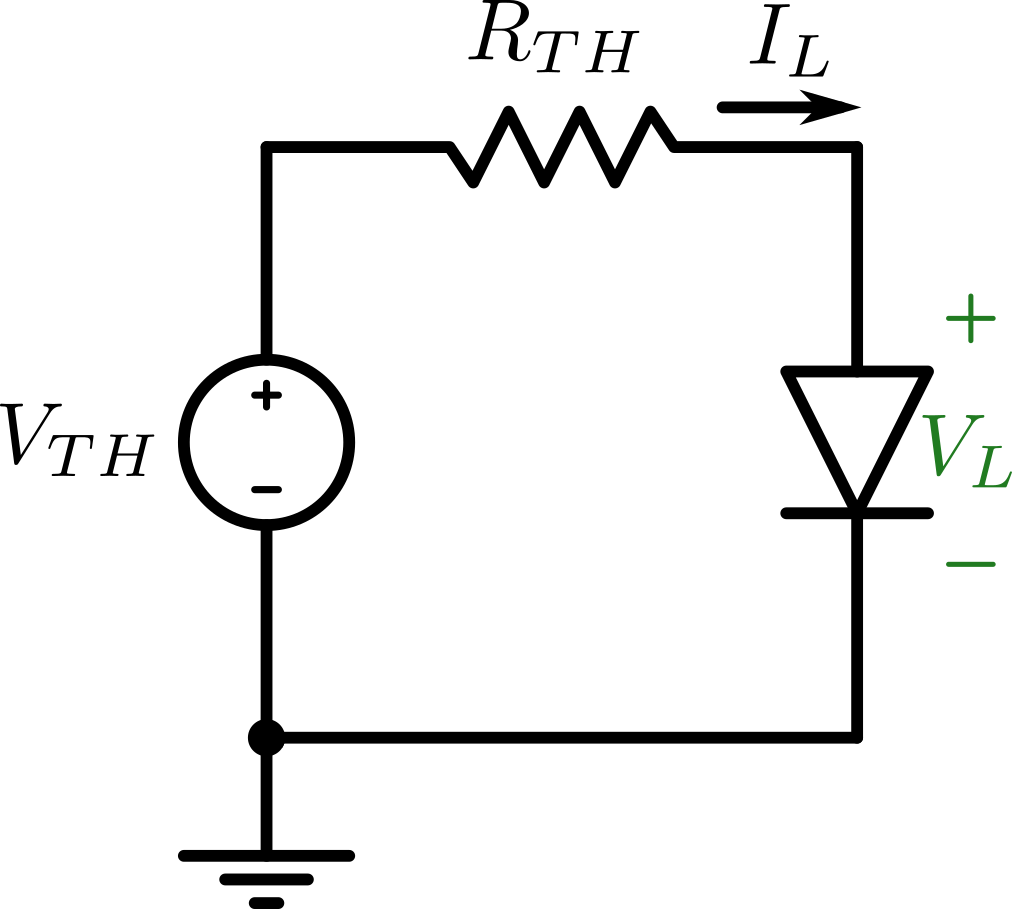
Further Readings
Actually, the KVL used is not original the KVL, but rather a modified KVL with Faraday’s Law. There is a debate between an electrical engineer, ElectroBoom, and a notable physics professor, Dr. Walter Lewin.